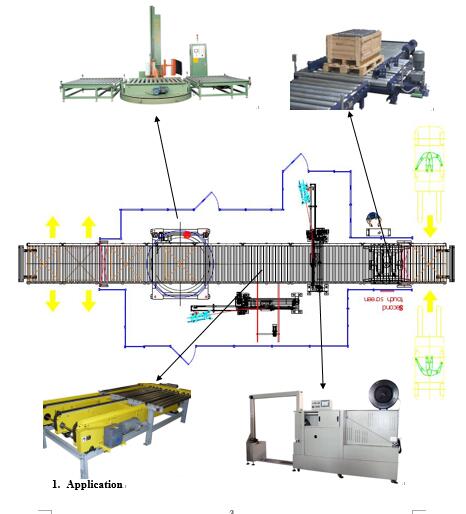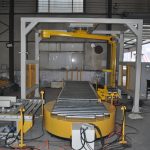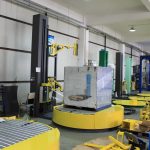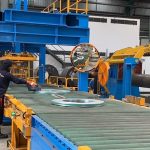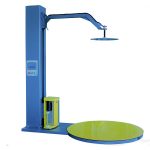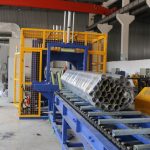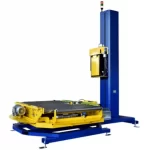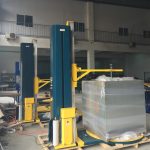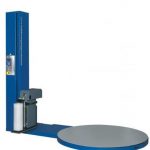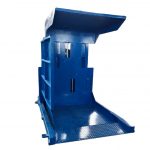If you are looking for an efficient and cost-effective way to package and transport your products, you may want to consider investing in a pallet packing machine and a stretch wrapper packing machine. These machines can help streamline your packaging process, reduce labor costs, and improve product protection during transportation and storage.
—
A pallet packing machine is designed to automate the process of stacking and wrapping products on a pallet. This machine can help you save time and reduce labor costs by eliminating the need for manual labor to stack and wrap products. It can also help improve the stability of your pallets, reducing the risk of damage during transportation.
A stretch wrapper packing machine, on the other hand, is designed to wrap products in stretch film, providing an additional layer of protection during transportation and storage. This machine can help you save money on packaging materials, as it uses less film than manual wrapping methods. It can also help you save time and reduce labor costs by automating the wrapping process.
Pallet packing machines and stretch wrap packaging machines typically have the following basic requirements:
- power supply – They require a stable power supply, usually 220-240V AC single phase or three phase power. The power requirement depends on the motor sizes used in the machines.
- Compressed air – Many pallet packing machines and stretch wrap machines require compressed air for operating pneumatic components like air cylinders, clamps, etc. The air pressure required is typically 6-8 bar. An air compressor would be needed to supply the compressed air.
- Space – These machines require floor space for installation and operation. The space requirement depends on the specific machine size and configuration. Wider machines would need more space.
- Loading area – There needs to be adequate space for loading the products onto the pallet and for the operator to access theloading area of the machine.
- Unloading area – Provision for unloading the packed pallets from the machine.
- Operator access – The machines are designed for operator access, control and supervision during operations. Clear access paths are required.
- Controls – Additional controls like programmable logic controllers, variable frequency drives, proximity sensors, etc. may be needed depending on the machine level of automation.
- product dimensions – The machines can only handle products up to the maximum dimensions and weight limits specified for that particular model. Larger or heavier products may not be suitable for some machines.
- Tools – Basic tools like pallet jack, forklift, slip sheets, straps, etc. may be needed for loading, unloading and moving the pallets.
- Maintenance – Space and access is required to perform regular maintenance and service of the machines.
- Safety – The machines must be installed in compliance with all applicable safety standards and regulations. Various safety features and equipment like emergency stops, light curtains, etc. may also be included.
Overall, investing in a pallet packing machine and a stretch wrapper packing machine can help you improve the efficiency and cost-effectiveness of your packaging process, while also improving the protection of your products during transportation and storage.
